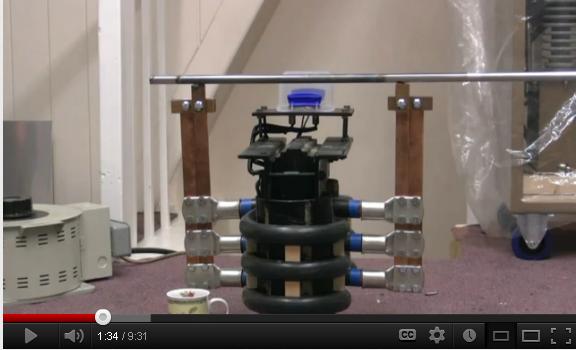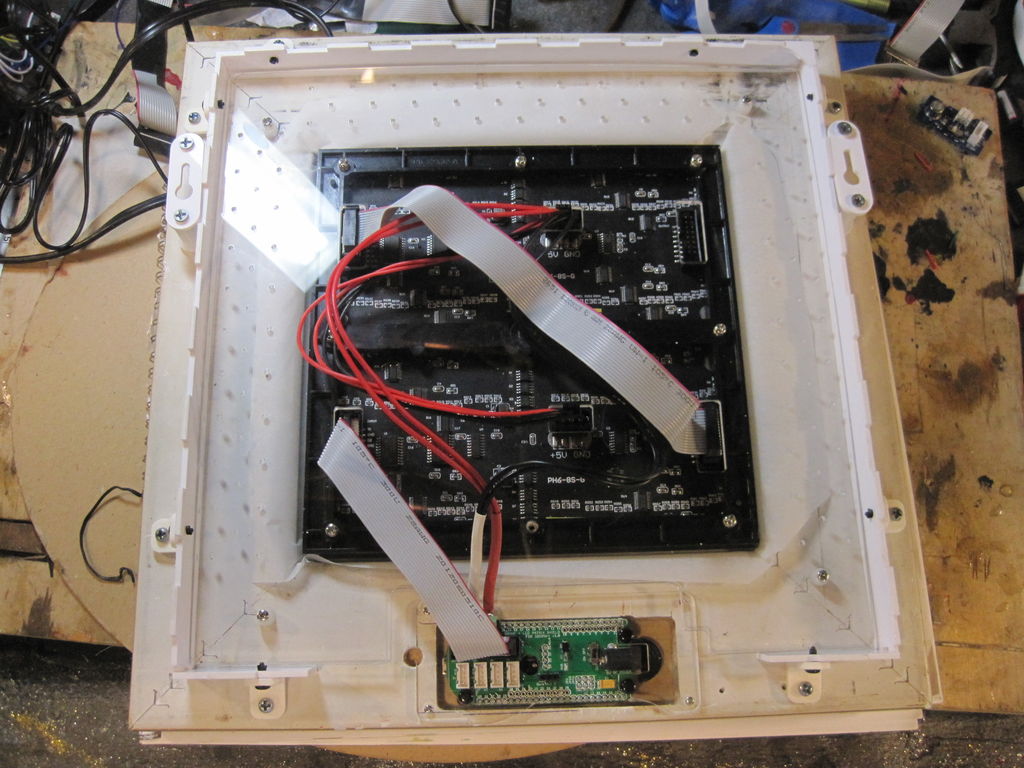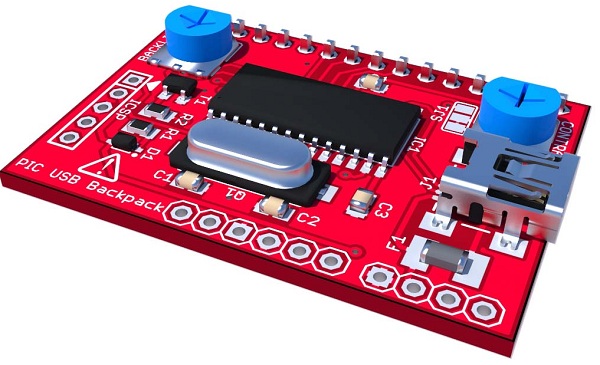50,000 Amp Transformer Short Circuit Test
If you are thinking that this transformer is quite beefy you would be right. Youtube user Photonvids has designed it to be connected to 220V and it has an open circuit secondary voltage of around 4 volts. This means you can safely touch it with your fingers but I would step back if someone was planning to short it out with a crowbar. I guess that might be a







